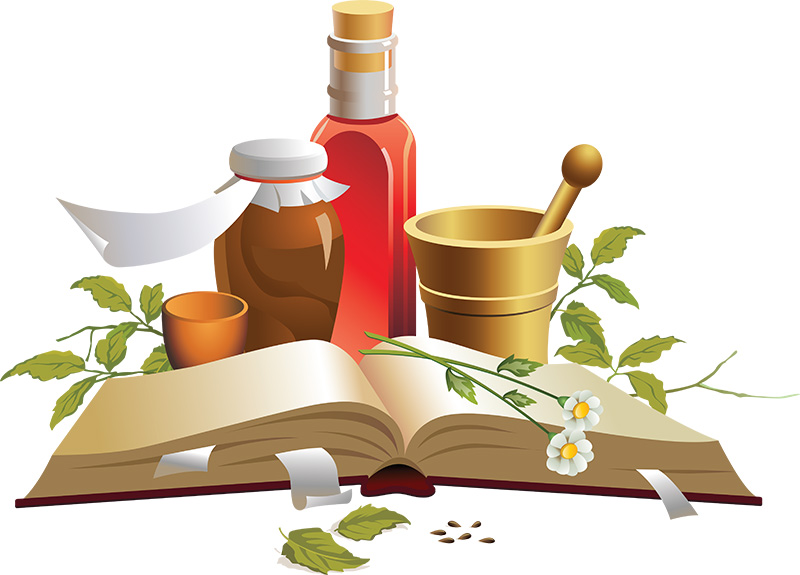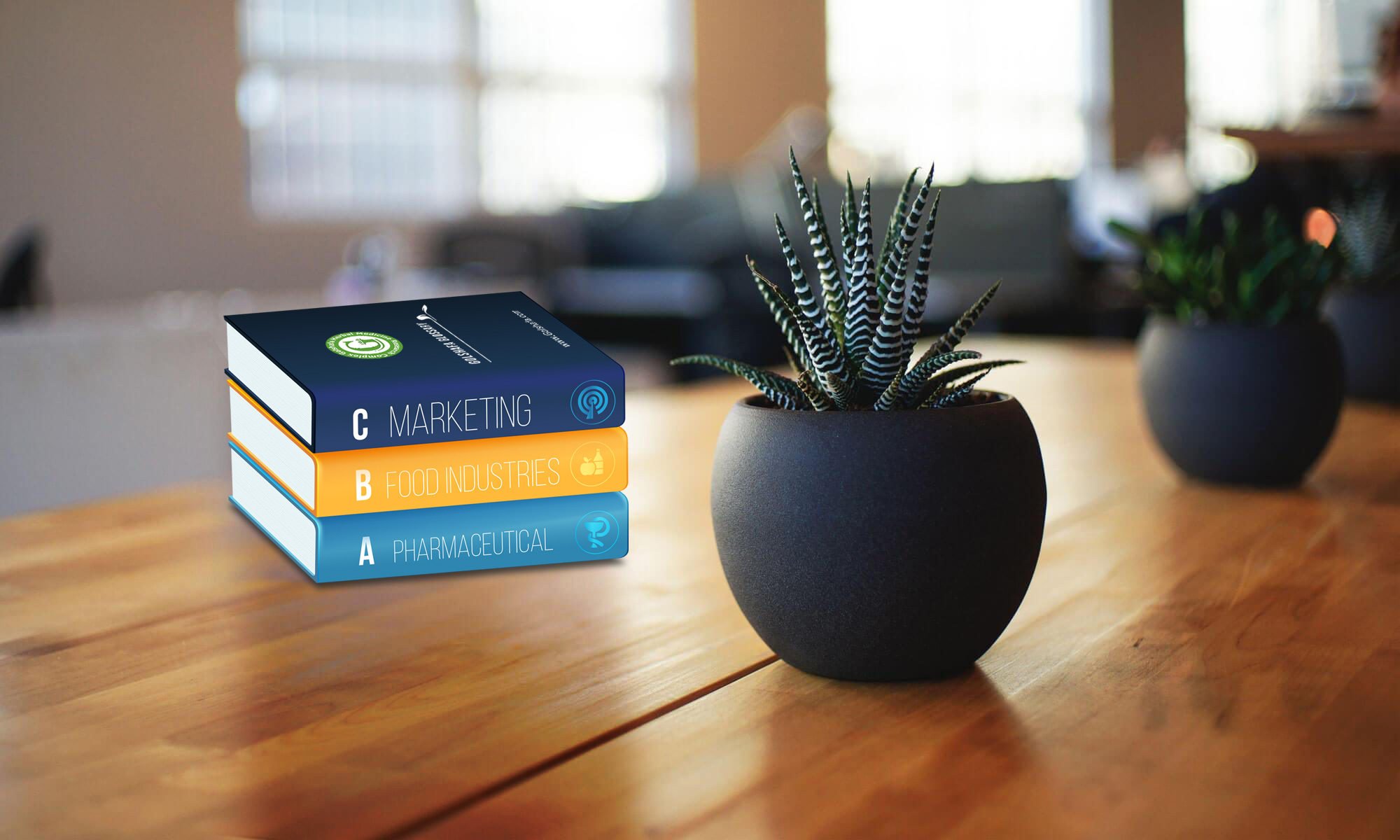Traditional medicine is the sum total of the knowledge, skills, and practices based on the theories, beliefs, and experiences indigenous to different cultures, whether explicable or not, used in the maintenance of health as well as in the prevention, diagnosis, improvement or treatment of physical and mental illness.
Traditional use of herbal medicines
Traditional use of herbal medicines refers to the long historical use of these medicines. Their use is well established and widely acknowledged to be safe and effective, and may be accepted by national authorities.

Therapeutic activity
Therapeutic activity refers to the successful prevention, diagnosis and treatment of physical and mental illnesses; improvement of symptoms of illnesses; as well as beneficial alteration or regulation of the physical and mental status of the body.
Complementary/alternative medicine (CAM)
The terms “complementary medicine” or “alternative medicine” are used inter-changeably with traditional medicine in some countries. They refer to a broad set of health care practices that are not part of that country’s own tradition and are not integrated into the dominant health care system.
Traditional use of herbal medicines includes herbs, herbal materials, herbal preparations and finished herbal products, that contain as active ingredients parts of plants, or other plant materials, or combinations.
Types of Complementary and Alternative Medicine
What are the different types of CAM?
Many different areas make up the practice of complementary and alternative medicine (CAM). In addition, many parts of one field may overlap with the parts of another field. For example, acupuncture is also used in conventional medicine. In the U.S., CAM is used by about 2 in 5 adults and about 1 in 10 children. Below are some examples of CAM.
Traditional alternative medicine
This field includes the more mainstream and accepted forms of therapy such as acupuncture, homeopathy, and Oriental practices. These therapies have been used for centuries around the world. Traditional alternative medicine may include:
Acupuncture
Ayurveda
Homeopathy
Naturopathy
Chinese or Oriental medicine
Body
Touch has been used in medicine since the early days of medical care. Healing by touch is based on the idea that illness or injury in one area of the body can affect all parts of the body. By using manual manipulation, other parts can be brought back to optimum health. Then the body can fully focus on healing at the site of injury or illness. Body techniques are often combined with those of the mind. Examples of body therapies include:
Chiropractic and osteopathic medicine
Massage
Body movement therapies
Tai chi
Yoga
Diet and herbs
Over the centuries, people have gone from a simple diet of meats, fruits, vegetables, and grains to a diet that often has foods rich in fats, oils, and complex carbohydrates. Having too much or too little nutrition has become problems in today’s society. Either can lead to certain chronic diseases. Many dietary and herbal approaches attempt to balance the body’s nutritional well-being. Dietary and herbal approaches may include:
Dietary supplements
Herbal medicine
Nutrition or diet
External energy
Some people believe external energies from objects or other sources directly affect a person’s health. An example of external energy therapy is:
Electromagnetic therapy
Reiki
Qigong
Mind
Even standard or conventional medicine recognizes the power of the connection between mind and body. Studies have found that people heal better if they have balanced emotional and mental health. Therapies using the mind may include:
Meditation
Biofeedback
Hypnosis
Senses
Some people believe the senses of touch, sight, hearing, smell, and taste can affect overall health. Examples of these therapies include:
Art, dance, and music
Visualization and guided imagery


